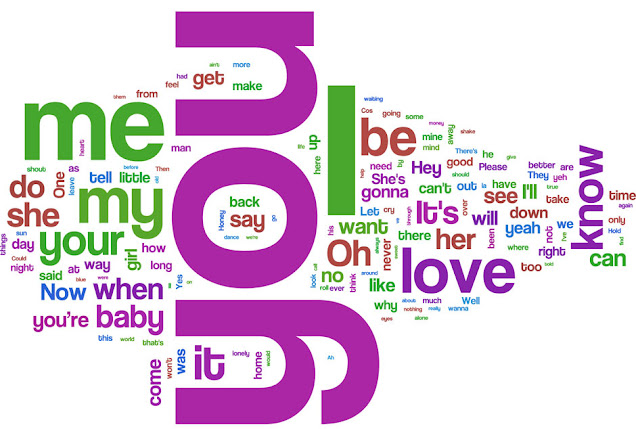The melody for YESTERDAY famously came to Paul in a dream in January 1964. At this time he was lodging with the Asher family, in the attic of their home in Wimpole Street, near the Abbey Road Studio. I woke up with a lovely tune in my head. I thought, That's great, I wonder what that is? There was an upright piano next to me, to the right of the bed by the window. I got out of bed, sat at the piano, found G, found F sharp minor seventh - and that leads you through then to B to E minor, and finally back to G. I wonder what that is? Suspecting that he had subconsciously plagiarized the melody, McCartney tested it out on musically knowledgeable friends. It rang no bells, not even with George Martin, a walking encyclopaedia of popular song. Eventually it became like handing something in to the police. I thought that if no one claimed it after a few weeks then I would have it.




















